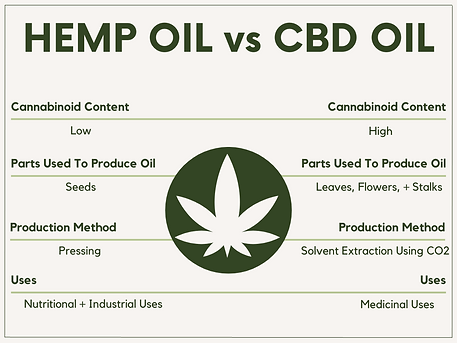.png)
.png)
CBD is short for the term cannabidiol, one of over 100 different natural occurring chemical compounds, known as cannabinoids or to be more specific, phytocannabinoids (phyto = plant), found in cannabis sativa plants. It is a non-psychoactive compound, meaning you won’t get high when consumed.
CBD is typically extracted from the hemp plant, a variety of cannabis that is low in THC and high in CBD.
CBD, along with its cousin THC, are the two most common and popular cannabinoids found in cannabis. THC, short for tetrahydrocannabinol, is the psychoactive compound that gets you high.
.png)
Delta 8 THC (tetrahydrocannabinol) is a minor cannabinoid that occurs naturally in the cannabis plant, but in much lower concentrations than Delta 9 THC, which is the primary psychoactive compound found in cannabis. Delta 8 THC is chemically similar to Delta 9 THC, but it has some differences in its molecular structure that lead to different effects on the body.
Like Delta 9 THC, Delta 8 THC can produce a psychoactive high, although it is generally considered to be less potent than Delta 9 THC. Some users describe the effects of Delta 8 THC as being more mellow and less anxiety-provoking than Delta 9 THC with feelings of euphoria, relaxation, pain relief, and better sleep. Delta 8 THC is also thought to have some potential therapeutic benefits, such as anti-inflammatory, analgesic, and neuroprotective properties.
Delta 8 THC can be extracted from hemp, a variety of cannabis that contains low levels of THC, and can be converted from CBD (cannabidiol) through a chemical process called isomerization.

.png)
Terpenes are a diverse class of organic compounds that are found in many plants, including the cannabis plant. They are responsible for giving plants their distinctive aroma and flavor and may also have therapeutic properties.
Terpenes are produced by the same glands that produce cannabinoids, such as THC and CBD, and are present in the same trichomes that are responsible for producing cannabinoids. There are over 100 different terpenes that have been identified in the cannabis plant, each with its own unique aroma and potential therapeutic benefits.
.png)
Hemp oil is strictly extracted from hemp seeds and contains little to no cannabinoids at all. These hemp plants are a mixture of male and female plants. While there are many benefits of using Hemp oil, I would consider it similar to the properties of avocado oil or olive oil as far as uses go.



CO2 extraction: This method uses carbon dioxide under high pressure and low temperature to extract the cannabinoids and other compounds from the hemp plant. CO2 extraction is considered to be one of the safest and most efficient methods of hemp extraction, producing a high-quality product in a more natural state, leaving no residual solvents/microbials and keeping the full terpene profile intact.

CBD isolate is strictly the pure CBD from a cannabis plant and contains no other compounds. While CBD isolate has medicinally beneficial properties, there are many other cannabinoids and properties of the plant included in broad-spectrum and full-spectrum.

Hempcrete is a building material made from hemp hurd, the soft inner core of the hemp plant, mixed with lime and water. Some benefits include:
-
Fireproof and earthquake resistant
-
Hempcrete fire demonstration
-
Mold resistant
-
Energy efficient
-
Maintains a steady temperature – Stores heat in a thermal mass of its wall, which is then released slowly as the building cools down. When open windows, heat won’t flow straight out
-
Gains in strength over time
-
Hygroscopic, meaning it absorbs moisture and humidity within the building
-
Making concrete is the 3rd largest producer of man made CO2 in the world
-
Hemp is CO2 negative
